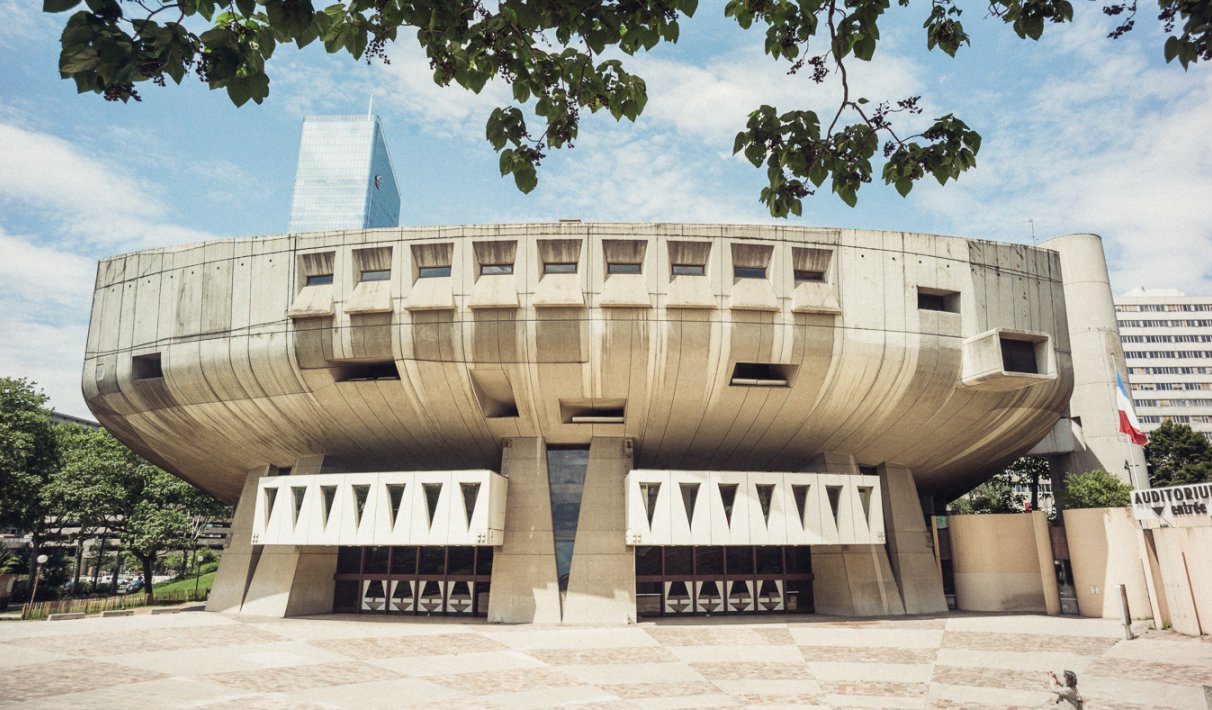
Program
Featuring
Other information
The event is about 3.0 hours long.
About the event
The Budapest Festival Orchestra’s Brahms series continues with a juxtaposition of grueling pursuit and easy success, as Hungarian dances precede weighty compositions. This time, the spotlight is on the firsts: the series opens with the inaugural piece of the 21 dances, followed by the composer’s grandiose piano concerto No. 1. After 10 spirited dances, Hungarian dance No. 11, which opens the more lyrical section, sets the tone for Brahms’ first symphony, liberated from the pressure of “writing a symphony after Beethoven.”
Brahms published the piano four-hands edition of the 21 Hungarian Dances in two phases, over four volumes. Ede Reményi acquainted the composer with Hungarian Romani music, especially the “csárdás”, which inspired the dances Brahms called adaptations. The dances were an immediate success, but it was in their orchestral arrangements that they became really well-known. Among these orchestrations, only three originate from Brahms himself; one of them being the undulating Hungarian Dance No. 1, in which contrasts and musical jests take center stage. The melodies of the more melancholy Dance No. 11, played after the intermission, are Brahms’ own. The piece is performed in Iván Fischer’s orchestration.
Having heard Beethoven’s groundbreaking “Ninth” in 1854, Brahms decided to write his own first symphony — following in Beethoven’s footsteps, in D minor. In the end, though, he turned his intended Symphony No. 1 into a sonata for two pianos, before reworking it in its entirety, and using parts of it in his Piano Concerto No. 1. The piece starts out incredibly dense and essentially tragic in its mood. A monumental orchestral exposition and a rich piano solo, at times truly competing with the tutti sound, characterize the opening movement. In the manuscript of the spiritual slow movement, which is most likely best interpreted as a portrait of Clara Schumann, the composer included the words, “Benedictus qui venit in nomine Domini” (Blessed is the one who comes in the name of the Lord). Finally, in the rondo-finale, a piano solo introduces the theme; later, the movement includes the only cadence of the piece, before concluding with a reverential, celebratory ending.
Finally completed in 1876 after initial attempts resulted in a piano concerto, Brahms’ Symphony No. 1 is often referred to as “Beethoven’s Tenth.” Ultimately, the piece was composed in C minor, which alludes not to Beethoven’s Ninth, but to the similarly iconic Symphony No. 5. The impressive, slow opening of the first movement unwraps each of the themes that the fast-paced central passage builds on. The fundamentally dramatic movement is followed by a fluid, lyrical, and expressive slow movement, with violin solos laying the groundwork for the violin concerto. In the scherzo, gentle smiles are juxtaposed with almost arrogant forces, with a finale spanning from a sense of terror to the call of Alpine horns. In an homage to Beethoven’s Ode to Joy, the piece concludes with celebratory chorales.